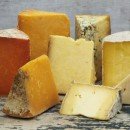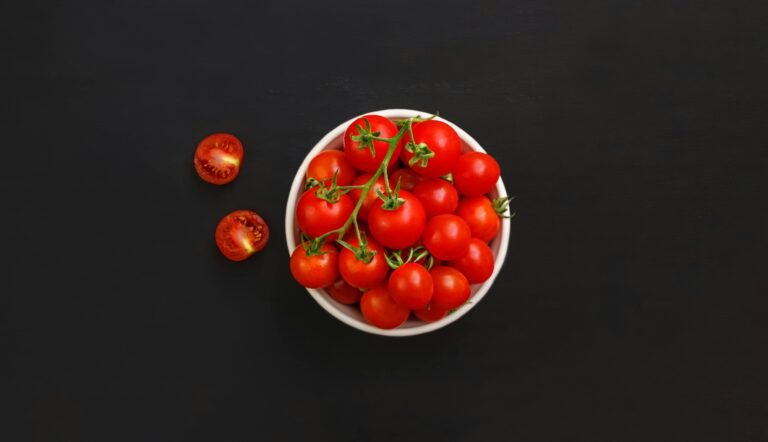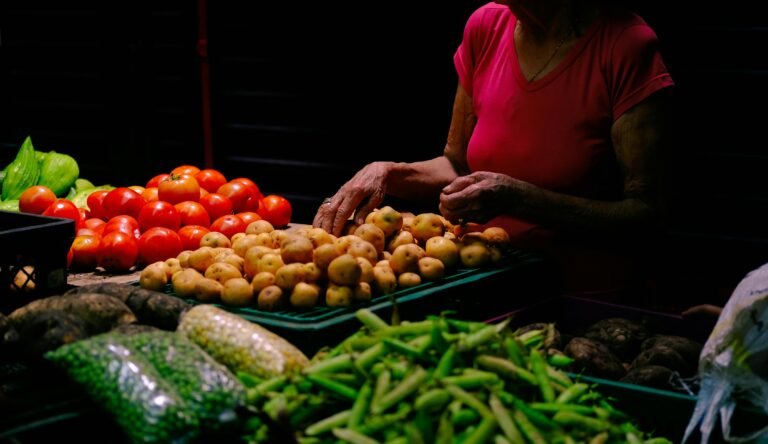Foods that contain calcium
 We know that to have strong bones and avoid osteoporosis we must eat foods rich in calcium and vitamin D (which we can also obtain thanks to a sensible sun exposure), in doses of about 800/1000 mg in adulthood, both for men and for women, and from 1200 (men) to 1500 mg (women) after the age of fifty. It goes without saying that from a certain age we should be concerned about getting more calcium through our diet. And this can be a big deal! The calcium that is theoretically absorbed from food and remains in our body varies around 30-45 percent, the rest is dispersed in urine, sweat, and feces . On many sites and newspapers we also find written that milk and dairy products contain a very high dose of calcium, it is a pity that we can absorb that calcium in part, especially if milk and dairy products are vaccines, apparently due to casein, which according to some would be responsible for a greater risk of chronic diseases. In theory, due to a different structure of the casein molecules , we can consume goat milk and dairy products because they are more digestible, but even here, as in the casein discourse and the “bad nature” of dairy products and dairy products in general, there is a risk to embrace pseudotheories, which are then regularly denied .
We know that to have strong bones and avoid osteoporosis we must eat foods rich in calcium and vitamin D (which we can also obtain thanks to a sensible sun exposure), in doses of about 800/1000 mg in adulthood, both for men and for women, and from 1200 (men) to 1500 mg (women) after the age of fifty. It goes without saying that from a certain age we should be concerned about getting more calcium through our diet. And this can be a big deal! The calcium that is theoretically absorbed from food and remains in our body varies around 30-45 percent, the rest is dispersed in urine, sweat, and feces . On many sites and newspapers we also find written that milk and dairy products contain a very high dose of calcium, it is a pity that we can absorb that calcium in part, especially if milk and dairy products are vaccines, apparently due to casein, which according to some would be responsible for a greater risk of chronic diseases. In theory, due to a different structure of the casein molecules , we can consume goat milk and dairy products because they are more digestible, but even here, as in the casein discourse and the “bad nature” of dairy products and dairy products in general, there is a risk to embrace pseudotheories, which are then regularly denied .
For example, it is said the more dairy products are consumed, the more calcium is lost, rather than gaining it : modern populations who consume a lot of dairy products and a lot of animal milk have greater problems with osteoporosis, but these two data linked to each other could actually say nothing, or be a non-significant association. Osteoporosis also comes from a sedentary lifestyle, and it is established that those who eat large quantities of protein without doing any kind of activity run into osteoporosis more easily , starting with a greater consumption of meat and dairy products.. For this reason I think that the key is always to vary in nutrition, and not to give too much weight to those who ask us to exclude entire categories of foods by making various associations which, if we informed ourselves better, we would find in part defended and in part denied!
Certainly the milk that we bring to the table, both as milk and as cheeses, has all the problems of the animal product from intensive farming , moreover the milk proteins are used massively in the food industry, so as for gluten, it is it actually witnesses “submerged dosing” in many industrial products. In short, the discourse on dairy products is literally a problem, the only certain fact is that the milk from intensively reared cows is of poor quality. I guess we have all arrived at this.
However, after removing milk and aged cheeses, and finally dairy products, all categories of foods that contain calcium and which I advise you not to eliminate from the diet, let’s see what other foods contain calcium . One thing is important: some “smells” such as sage and rosemary, as you can see in the list, contain a lot of calcium. The fact is that neither of us feast on these two foods, so as foods they seem irrelevant to me.
FOODS CONTAINING CALCIUM (EXCEPT MILK AND DERIVATIVES)
Vegetables : sage, rosemary, dandelion, rocket, wild rocket, agretti, cabbage, soy and soy derivatives (soy milk, tempeh), basil and parsley, almonds and walnuts, mint , savory, marjoram, thyme, legumes other than soy (starting with chickpeas), sesame, black pepper, oranges, dried figs, oats, amaranth, dried herbs (thyme, dill, dried sage), various seeds (chia, cumin, fennel), algae.
Animals: sturgeon eggs, mackerel, anchovies, sardines and anchovies in oil, oysters, lake fish such as whitefish, eggs, poultry.
Other foods: brewer’s yeast, molasses.
WHAT CAUSES CALCIUM MALABSORPTION?
Excess of salt, excess of animal proteins, starting from red meat, sugars, carbonated drinks, caffeine. Physical inactivity.





























+ There are no comments
Add yours